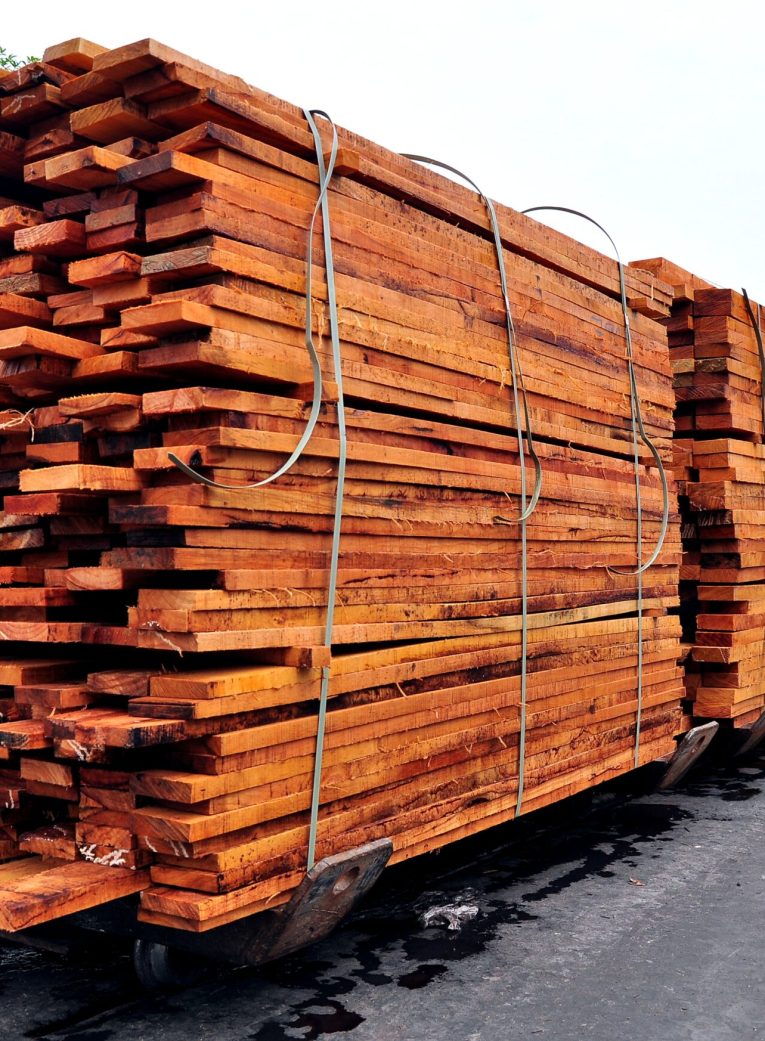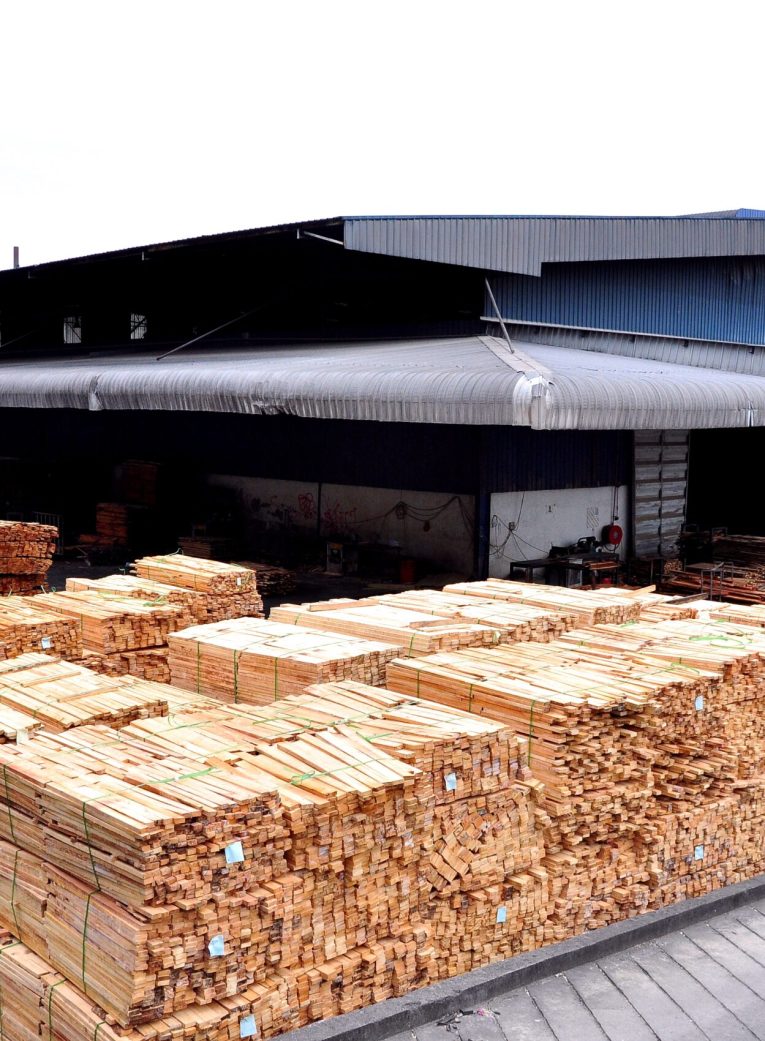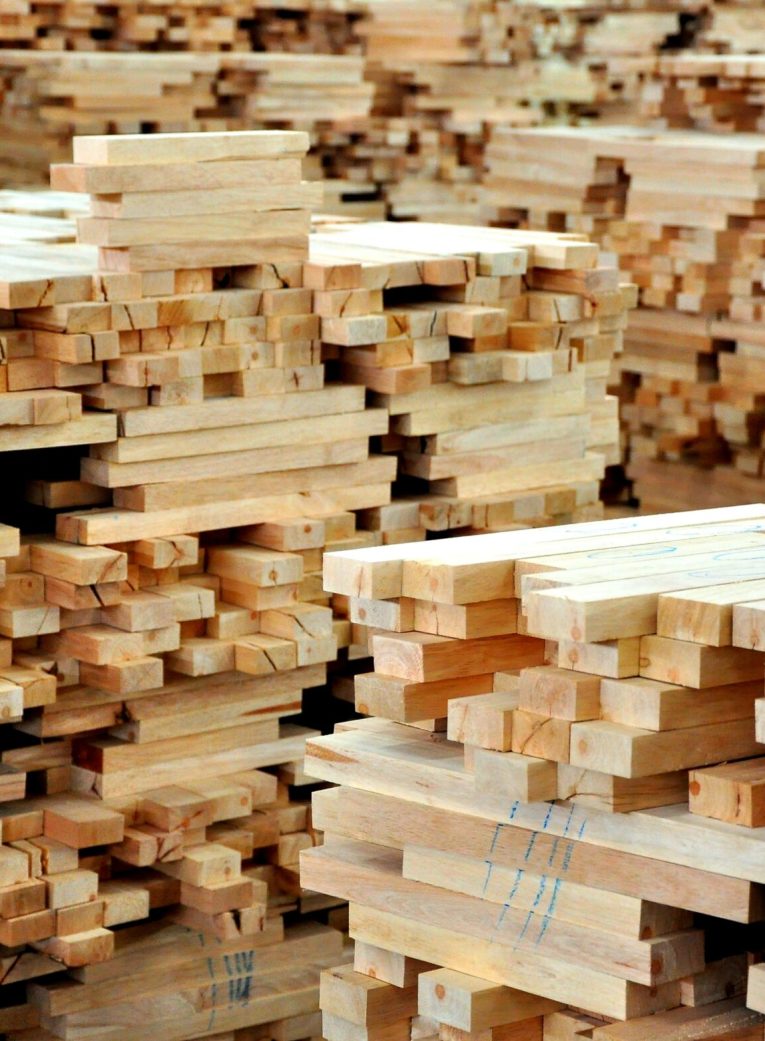


RUBBERWOOD
Mieco Sawn Timber is meticulously crafted from high-quality logs, skilfully cut into various dimensions and profiles. This precision in sawing ensures that the timber can seamlessly integrate into a wide range of applications, from structural framing to fine carpentry. Mieco is committed to delivering premium Sawn Timber products that meet the high standards of quality and sustainability. Our sawn timber represents a fundamental building block in countless construction, carpentry, and woodworking projects. Mieco is dedicated to sustainable forestry practices. Our Sawn Timber is sourced from responsibly managed forests, emphasizing environmental preservation and renewal. Our sawn Timber is more than just a construction material; it's a symbol of craftsmanship, versatility, sustainability, and quality. Whether you are constructing a building, designing custom furniture, or embarking on a woodworking project, you can count on Mieco to provide the building blocks that will bring your vision to life.
Our product range consist:
Rubberwood Sawn Timber
Thickness: 4/8’’ – 1’’ up
Standard Size: 2’’-4’’
Width x 1’ up length
Rubberwood S4S
Thickness: 18mm-38mm
Standard Size: 2’’-4’’
Width x 8’’ up length
Rubberwood Butt/Finger Joint Board
Grade : AB, AC, BC, C1-C2
Thickness : 11/12mm, 16-30mm
Standard Size : 2’-4’ Width x 4’-8’ length
PROCESS
Step
Process
Description
Step 1
Pressure Treatment
This is where the sawn wood is treated to ensure it has the longevity needed. The pressure chamber is vacuum sealed and preservatives are applied to treat the wood so that it will resist fungal and termite attack.
Step 2 & 3
Stacking & Sorting followed by Kiln Drying
After pressure treatment, the timber will be sorted, properly stacked for drying in a kiln before the next step.
Step 4, 5, & 6
Cross-Cutting, Moulding & Finger Joints
After the timber is dried, it will be ready for cross-cutting to get the useful wood pieces out of the timber. The cut pieces are then moulded and then joined into longer strips by the process of finger jointing.
Step 7, 8, & 9
Lamination, Furniture Parts, Wood Working & Spraying
Subsequently the strips go through a lamination process to produce laminated boards. These are then further machined to various furniture parts that are cut in accordance to the design of a particular set of furniture. Wood working is a further process to bring the various furniture parts to the required shapes and smoothness. Finally, the various furniture pieces are sprayed with relevant paint and dried.
Step 10, 11, & 12
Assembly, Packing and Storing
Assembly of the various pieces of furniture is done before these are packed in cardboard boxes. The complete packed assembly is then stacked and stored awaiting shipment to customers.